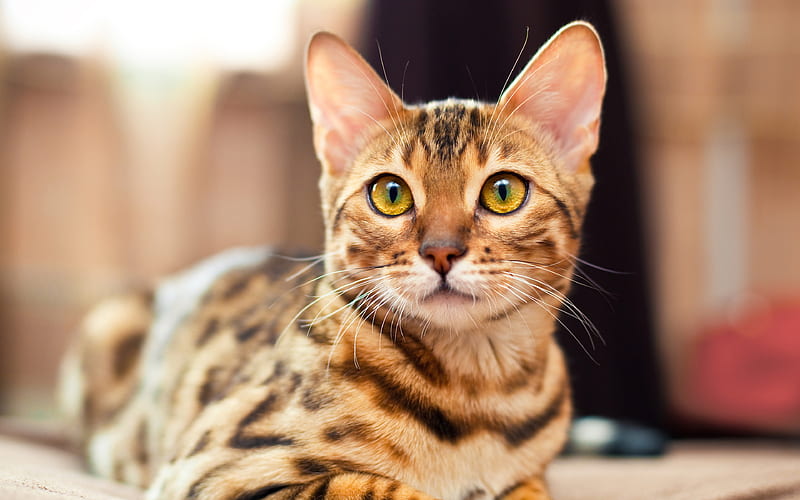
1. Cats Sleep for Most of Their Lives
Cats spend around 13–16 hours a day sleeping, which is nearly 70% of their lifetime. This long rest period helps them conserve energy for hunting and playtime, even if your cat’s biggest prey is a toy mouse.
2. A Cat’s Tail Speaks Volumes
Your cat’s tail is a window into its emotions.
- A straight-up tail means happiness or confidence.
- A fluffed-up tail shows fear or aggression.
- A tucked tail can signal anxiety or submission.
Understanding tail language helps build a stronger bond with your feline friend.
3. Cats Can Make Over 100 Sounds
Cats are surprisingly vocal creatures. They can produce over 100 unique sounds, from gentle purrs to chirps, trills, and even growls. Each sound carries a different message from affection to attention-seeking.
4. Purring Isn’t Just for Happiness
A cat’s purr vibrates between 25–150 Hz, a frequency known to promote tissue regeneration and healing. Scientists believe purring helps cats recover from injury and may even have calming effects on humans.
5. Their Eyes Shine for a Reason
Cats have a special layer behind their retina called the tapetum lucidum, which reflects light and enhances night vision. This allows cats to see in light levels six times lower than humans can.
6. Cats Always Land on Their Feet
Cats have a built-in righting reflex an ability to twist their flexible spine midair to land safely on their feet when they fall. This amazing balance makes them agile and graceful climbers.
7. Whiskers Are More Than Just Cute
A cat’s whiskers are ultra-sensitive touch receptors. They help measure space, detect movement, and navigate in darkness. Cutting whiskers can disorient cats and affect their sense of balance.
8. Cats Sweat Through Their Paws
Unlike humans, cats only have sweat glands on their paw pads. You may notice tiny wet paw prints on a hot day that’s how cats naturally cool down.
9. Cats Have Been Our Companions for 9,500 Years
Archaeologists found the grave of a cat buried with a human in Cyprus, dating back over 9,500 years. This discovery proves cats have been human companions since ancient civilizations.
10. Cats Know Their Names They Just Ignore You
Studies confirm that cats recognize their own names. However, their independent nature often means they choose when to respond, reminding us who’s really in charge at home.
Cats are more than just adorable pets they are intelligent, mysterious, and ancient creatures with unique physical and emotional traits. Whether you’re a lifelong cat lover or a new pet owner, understanding your cat’s behavior can help you build a happier and more rewarding relationship.




